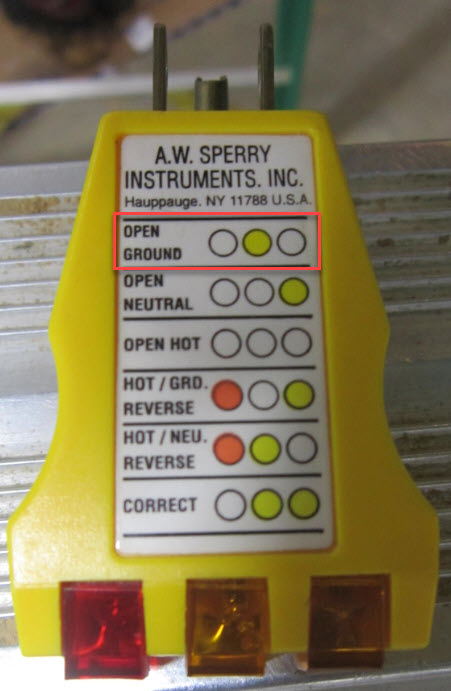I have wired a new circuit in my house that is an outlet controlled by 2 3-way switches. I intend to plug a chain of 4 LED shop lights into the outlet. I have run 14/2 from the panel to the first 3-way switch, then 14/3 from the 1st switch to the outlet, and then 14/3 from the outlet to the second switch.
The white (neutral) wire in my 14/2 run coming from the panel connects to the white (neutral) wire of the 14/3 wire running from the 1st switch to the outlet and then connects to the silver colored terminal of the outlet. The load wire coming from the panel connects to the black colored terminal (load) of the first 3-way switch.
The red and black wires of the 14/3 wire connect to the 2 travelers of the first 3-way switch and are then connected to the red and black wires in the outlet box that are coming from the second 3-way switch. The white (load) wire coming into the outlet box from the second 3-way switch is connected to the brass colored screw of the outlet. I have put a black piece of electrical tape around the white (load) wire coming from the second switch to be able to discern it from the white (neutral) coming in from the panel.
All grounds are connected...I have double and triple checked this using a ohmmeter.
No matter what I do, when I plug in one of the 3-light testers into the outlet...it shows an open ground. If I turn one of the switches to on, it shows that the outlet has power and is correctly wired but as soon as I turn the switch off...it shows an open ground again. I have tried two different testers with the same result.
Below is a diagram of what I explained above with the exception that the light is an outlet.
EDIT: Adding addition pictures and info. Pictures below show both switches, the outlet and the tester being used. Additionally, what I have discovered is that even though the tester is saying "Open Ground" based on the light pattern...with the switch off and no tester in the outlet I am measuring 110V AC in either receptacle. If I plug the tester into one of the receptacles (again with the switch off) I measure roughly 82V AC.






